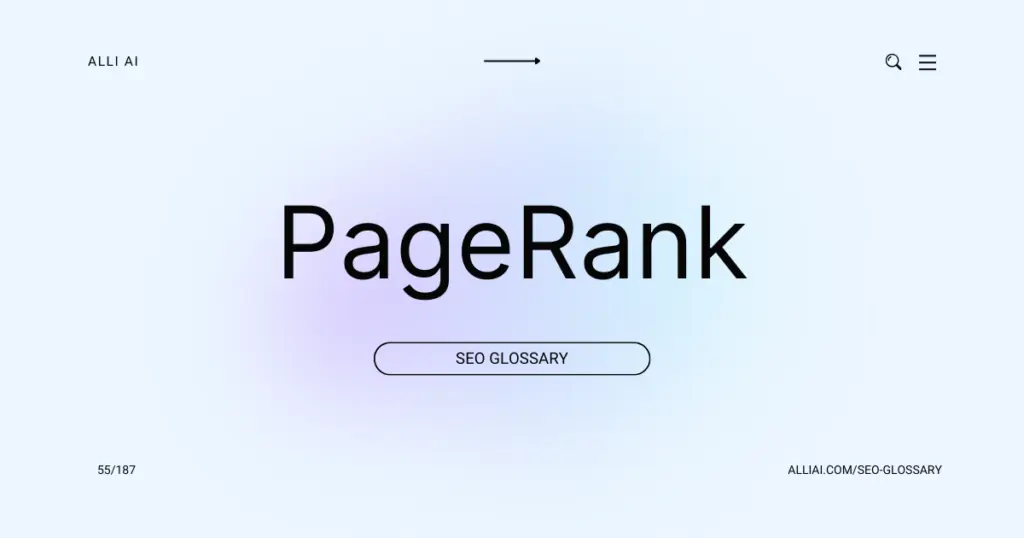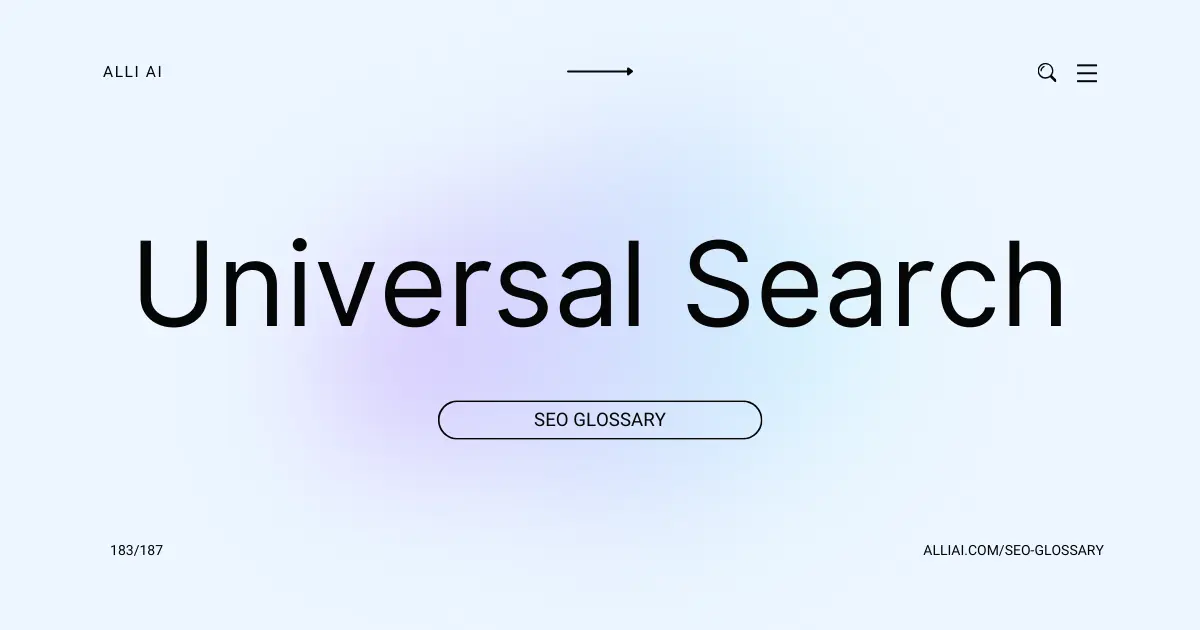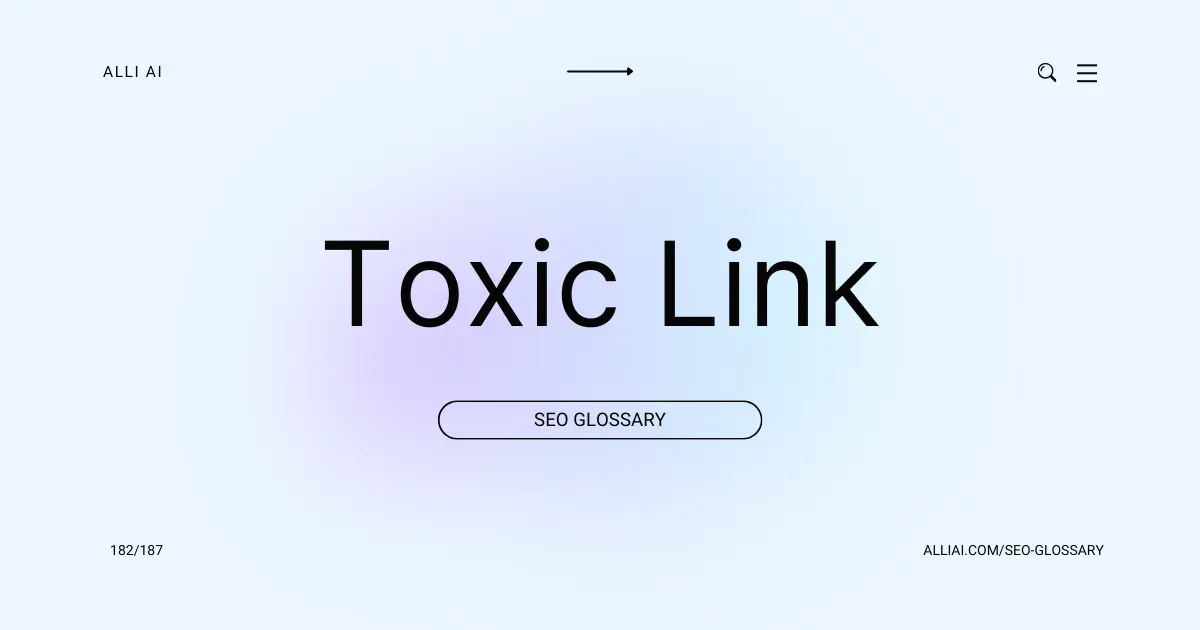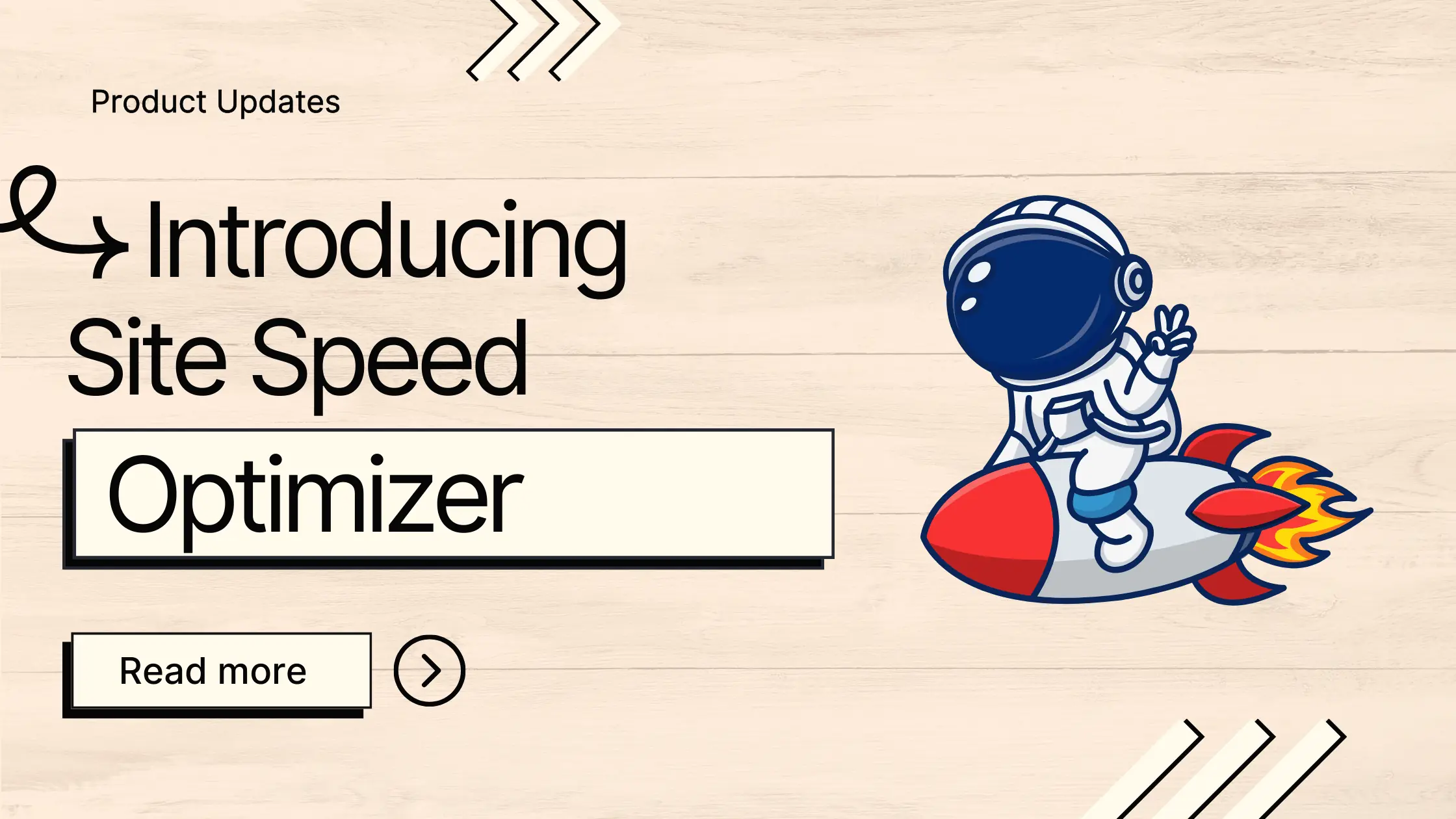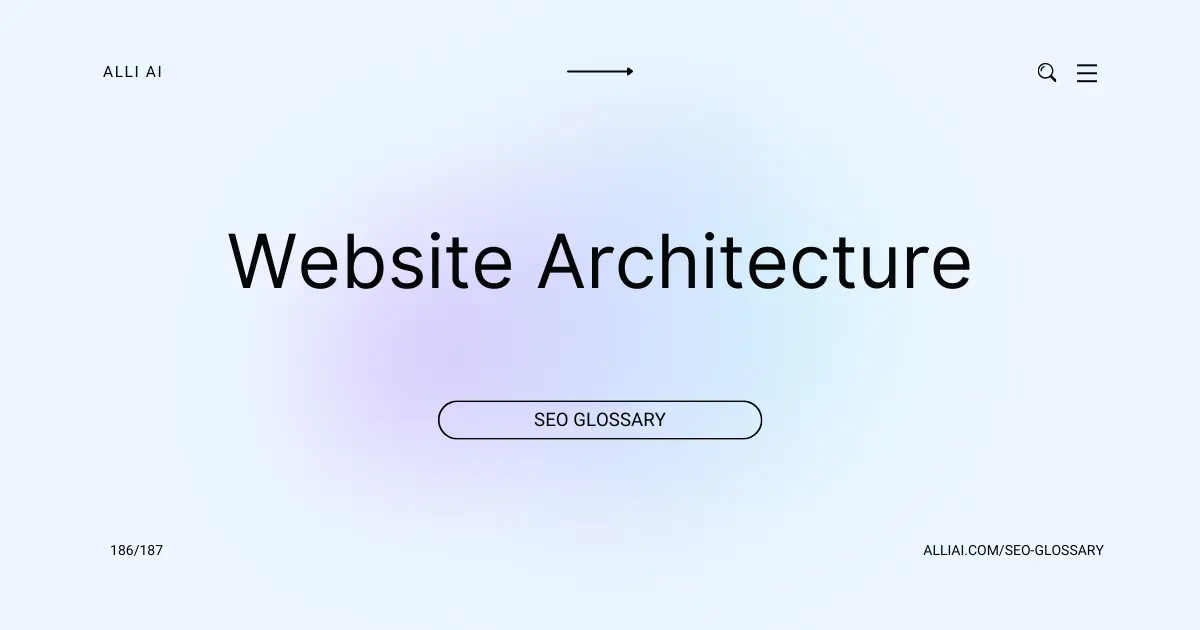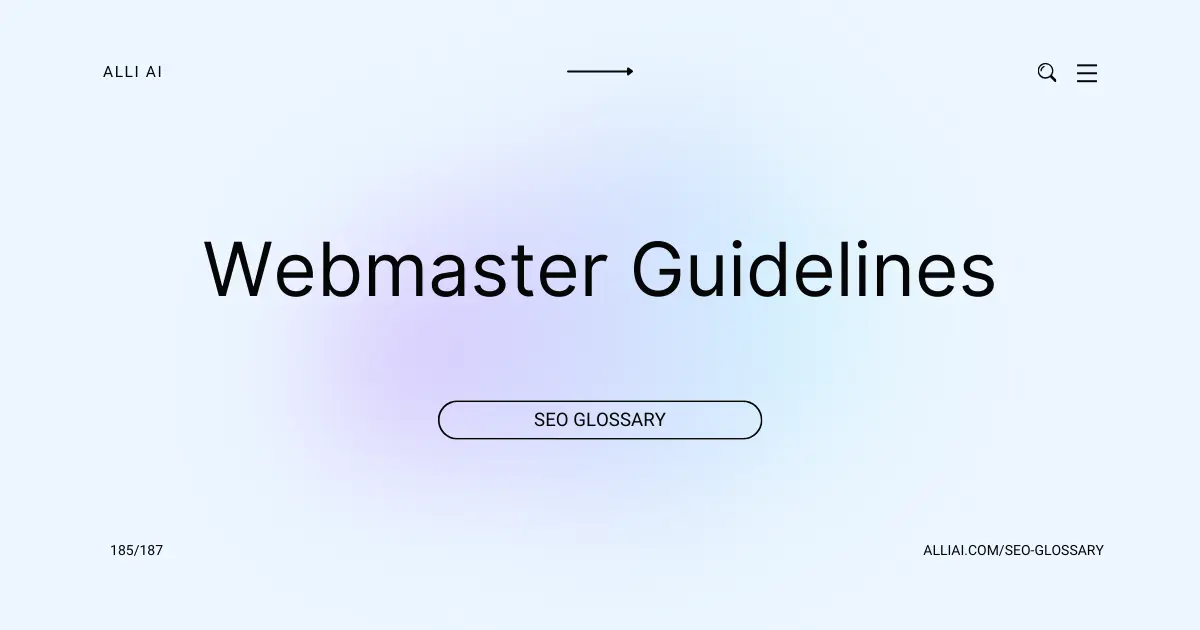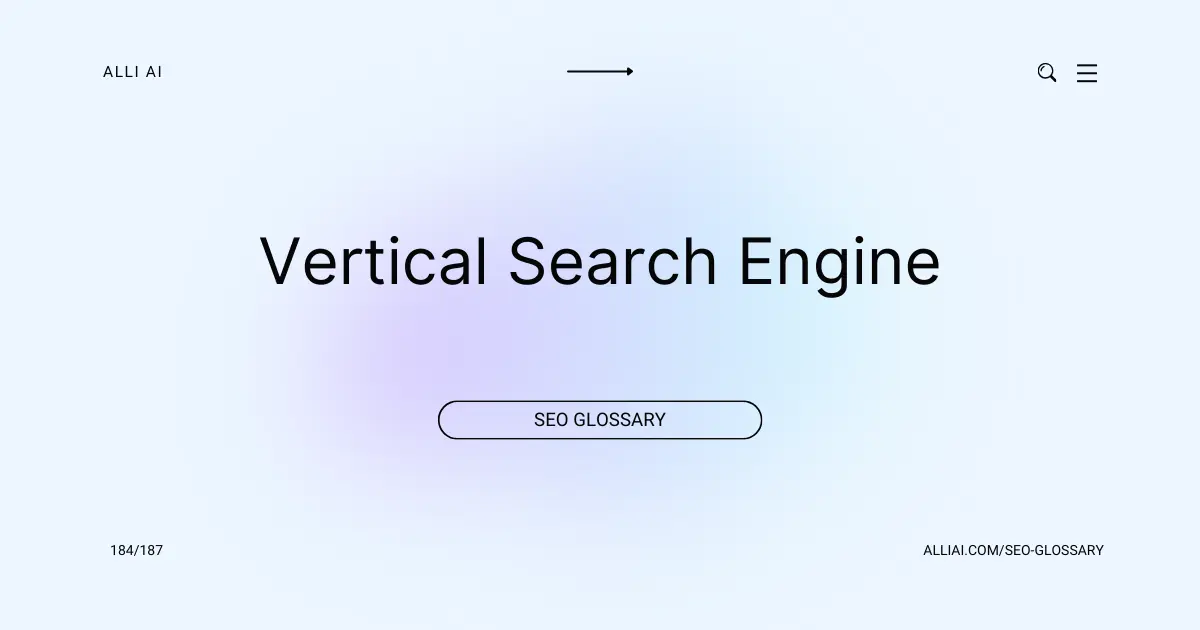What Does PageRank Mean?
PageRank is an algorithm used by Google to measure the importance and relevance of web pages. It works by counting the number and quality of links to a page to determine a rough estimate of how important the website is. The premise is that more important websites are likely to receive more links from other websites.
Where Does PageRank Fit Into The Broader SEO Landscape?
PageRank is an algorithm used by Google Search to rank websites in their search engine results. It is designed to prioritize pages perceived as more important or authoritative over others. In the SEO landscape, PageRank influences how prominently a page appears in search results based on the number and quality of links pointing to that page from other websites. While it is just one of many factors used by Google to rank web pages, high PageRank can improve a page’s visibility in search results, driving more organic traffic to the site. SEO strategies often aim to enhance PageRank through building a network of backlinks from reputable, relevant sites, as these signal to Google the credibility and importance of the content.
Real Life Analogies or Metaphors to Explain PageRank
PageRank is like a popularity contest in a high school. Each student (web page) gets popularity points based on how many other students point at them saying “they’re cool” (links from other websites). The more popular kids (websites with higher PageRank) saying you’re cool, the cooler you are seen in the school’s social hierarchy (search engine results page).
Or, consider PageRank as a library where books recommend other books. If a lot of books refer to a particular book, it’s perceived as a useful resource. Moreover, if the recommending books themselves carry weight because they’ve been frequently cited (trusted sites), then the book’s importance (PageRank) amplifies.
Think of PageRank as water flowing through a network of pipes (links). Each junction (web page) distributes water (authority) to other junctions. The size of the pipe to each junction indicates how much water it receives. Wider pipes from larger reservoirs (trusted, authoritative sites) mean more water and thus more influence.
Lastly, consider PageRank as voting in an election, where not all votes have equal weight. A vote from a well-informed and respected citizen (a high-authority site) carries more weight than a vote from a less informed or influential citizen (a low-authority site). This weighted voting system ensures that the candidates (websites) with the most meaningful support rank higher.
How the PageRank Functions or is Implemented?
PageRank is an algorithm used by Google Search to rank web pages in their search engine results. It is named after one of Google’s founders, Larry Page.
1. Link Analysis: PageRank treats links as votes, where a page linking to another page is casting a vote. This assumption allows the algorithm to infer the importance of a particular page based on the number of incoming links.
2. Random Surfer Model: PageRank is based on a probability distribution used to represent the likelihood that a person randomly clicking on links will arrive at any particular page. This model suggests that a user randomly selects links to follow, leading to the notion that more important pages are likely to receive more links from other sites.
3. Damping Factor: The PageRank theory holds that an imaginary surfer who is randomly clicking on links will eventually stop clicking. The damping factor, usually set around 0.85, approximates the probability that the user will continue clicking. The 0.15 probability that they will not continue is the probability that they will “teleport” to a random page worldwide.
4. PageRank Calculation:
– PR(A) = (1-d) + d * (PR(T1)/C(T1) + … + PR(Tn)/C(Tn))
– Where:
– PR(A) is the PageRank of page A,
– PR(Ti) is the PageRank of pages Ti which link to page A,
– C(Ti) is the number of outbound links that page Ti has, and
– d is the damping factor.
5. Iterative Calculation: The PageRank values are calculated through an iterative process until they converge, meaning the PageRank values do not change much from one iteration to the next. This usually requires multiple iterations, often in the order of dozens or even hundreds, depending on the complexity and the link structure of the indexed web.
6. Normalization: After each iteration, a normalization step is applied where all PageRank values are divided by the same factor to ensure that the sum of all PageRanks in the network remains constant, usually one.
By analyzing the link structures, the PageRank algorithm not only identifies the most important pages but also the link structures that present the most natural and authoritative features to the search query.
Impact PageRank has on SEO
PageRank impacts a website’s SEO performance by attributing a score to web pages based on the number and quality of links to them, which influences their ranking on search engine results pages (SERPs). A higher PageRank indicates a higher likelihood of appearing prominently on SERPs, directly affecting the visibility and organic traffic to a site. Regarding user experience, a higher-ranked website might be perceived as more credible and reliable by users due to its prominence in search results, which can influence engagement rates and trustworthiness. However, PageRank is just one of the many factors used by search engines to determine page rankings and does not directly measure content quality or user experience enhancements.
SEO Best Practices For PageRank
1. Ensure your website is accessible and has a clear structure. Use a well-planned hierarchy for content and site navigation.
2. Optimize your website’s load speed by compressing images, using cache tools, and minimizing the use of heavy scripts.
3. Secure your site with HTTPS to ensure data between your server and visitors is encrypted and secure.
4. Optimize all page titles and meta descriptions to include relevant keywords and to encourage clicks from search engine results pages (SERPs).
5. Use header tags (H1, H2, H3, etc.) effectively to structure content and emphasize important topics and keywords.
6. Produce high-quality, original content that provides real value to your audience, focusing on keywords relevant to your target audience.
7. Optimize content for relevant, high-volume keywords. Place keywords strategically in titles, headers, body text, URLs, and alt texts for images.
8. Ensure all images on the site have alt text descriptions that include relevant keywords.
9. Implement a responsive design so your site is mobile-friendly.
10. Use internal linking wisely to help spread ranking power throughout your site and keep users engaged longer.
11. Build backlinks to your site from reputable, relevant sources to improve your site’s authority and trustworthiness.
12. Regularly update and refresh old content to keep it relevant and maintain or improve its visibility in search results.
13. Track your SEO performance and optimize using tools like Google Analytics and Google Search Console to monitor traffic, click-through rates, and keyword rankings.
14. Address and fix any crawl errors reported in Google Search Console to ensure Google’s bots can index your site effectively.
15. Utilize structured data (schema markup) to help search engines understand the context of your content, potentially increasing visibility through rich snippets in SERPs.
Common Mistakes To Avoid
1. Low-quality Links: Avoid acquiring backlinks from spammy, irrelevant, or low-quality websites as they can negatively impact your PageRank.
2. Link Buying/Selling: Avoid buying or selling links for PageRank purposes, as this is against Google’s guidelines and can result in severe penalties.
3. Excessive Reciprocal Links: Too many reciprocal links (I link to you, you link to me) can appear manipulative and reduce the effectiveness of your links.
4. Ignoring Nofollow Links: Overlooking the balance between nofollow and dofollow links. While nofollow links do not contribute directly to PageRank, they help in acquiring genuine traffic and diversifying your link profile.
5. Neglecting Internal Links: Failing to use internal linking effectively to help distribute PageRank throughout your site.
6. Over-optimization: Over-optimizing anchor text with keyword-rich links can look spammy and may trigger penalties from Google.
7. Ignoring Link Quality Over Quantity: Focusing solely on the number of links instead of the quality and relevance of those links.
8. Forgetting Link Maintenance: Not monitoring or maintaining existing backlinks. Broken, lost, or harmful links need to be addressed or removed.
9. Not Updating Content: Older content can lose relevance and freshness, diminishing its ability to attract high-quality backlinks.
10. Underestimating User Experience: Poor site navigation, slow load times, and non-mobile-friendly designs can increase bounce rates and negatively affect the link-building potential and user engagement.
